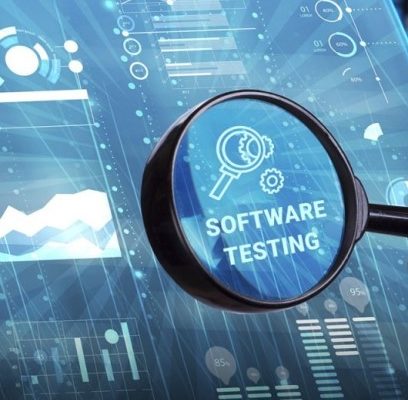Organisations can drive effective testing throughout project lifecycles by adopting robust practices that challenge assumptions and enhance outcomes.
Software is getting better. This means that problems within the code are becoming harder to find. Testing is therefore becoming more challenging and complicated and, as a recent study found, can cause bottlenecks and delays which need to be addressed through smarter project management and improved visibility.
RELATED: Why the ABC of Software Testing is for everyone and not just aspiring testers!
The goal, says Mandla Mbonambi, CEO of Africonology, is to ensure quality outcomes at every stage of a project’s lifecycle by implementing robust testing practices that don’t create complexity or delays. Instead, they offer end-to-end value as they reduce risk, enhance product quality, refine processes and transform project delivery.
“Solid testing practices are the linchpin of successful project delivery, yet many organisations struggle to implement them effectively,” says Mbonambi. “It’s challenging – you have to juggle multiple considerations, individuals, timelines and ongoing market and stakeholder pressures while still ensuring your solutions are aligned with your project goals.”
Two of the most common testing approaches taken by organisations include testing at the end of the development lifecycle or end-to-end testing throughout the project. Traditionally, companies have opted for the first approach as it doesn’t slow productivity or innovation down – teams can drive to the end and then manage testing as a standalone process.
Comprehensive approach through end-to-end testing
The second option is to opt into end-to-end testing and simulate real-world scenarios throughout the project development lifecycle. The data you gather as you test can be used to then identify potential issues within products and solutions from the outset. It is a comprehensive approach that ensures individual components work together and verifies that they integrate smoothly so outcomes match expectations.
“End-to-end testing is rigorous, for sure, but it comes with its own set of challenges,” says Mbonambi. “Many companies experience difficulties when co-ordinating testing efforts across different teams and stages of development. However, the other side of the coin is to treat testing as an afterthought which is the traditional approach and often results in expensive fixes and delays. You need to find a balance between testing early, often and consistently versus testing at the end – both can slow down progress and introduce delays if not managed properly.”
So how can you streamline the testing process so your solutions are high on quality and low on admin? Continuous testing allows teams to catch and address issues as soon as they arise and will reduce the cost and complexity of fixes. It also provides constant feedback on a project’s progress which allows for your teams to make adjustments in real time. However, you don’t want to spend your time testing while struggling to coordinate progress and processes across different teams and fall behind on deadlines.
“The answer lies in automating and optimising testing so it allows you to benefit from continuous testing frameworks while reducing the time spent on the process and improving coverage and reliability,” says Mbonambi. “By implementing automated testing frameworks tailored to your unique needs, you can significantly reduce testing time and enjoy faster project delivery times and measurable improvements in final product quality.”
Automated, intelligent approach to manage resource constraints
Adopting an automated, intelligent approach also helps manage resource constraints – a common complaint at a time when skills are scarce and companies are under pressure. When you have limited time and personnel to conduct testing, you fall behind or fall into the trap of testing at the end. This can be further complicated by constantly changing requirements and siloed teams that result in moving goalposts and poor communication. With automation and intelligent testing processes in place, companies can effectively bypass or more effectively manage these challenges.
“Automation isn’t enough, however, as you need to adopt a multi-faceted approach that complements this framework with strategic support,” says Mbonambi. “You need to measure your success, ensure your solutions are always in line with business objectives, and have metrics in place that allow you to stay on track. You can also benefit from collaborating with a strategic partner who can help you implement, manage and refine your continuous testing practices.”
Companies that pay attention to testing are less likely to have post-launch issues, will improve time-to-market, and experience increased customer confidence. Today, as technology and market expectations constantly evolve, so must approaches to testing. There has never been a better time to benefit from expert support and emergent technologies in creating testing pathways that mitigate issues and enhance service delivery.
“If you’re willing to embrace new technologies and continuously adapt your testing strategies, you can significantly improve your project outcomes,” concludes Mbonambi.

































